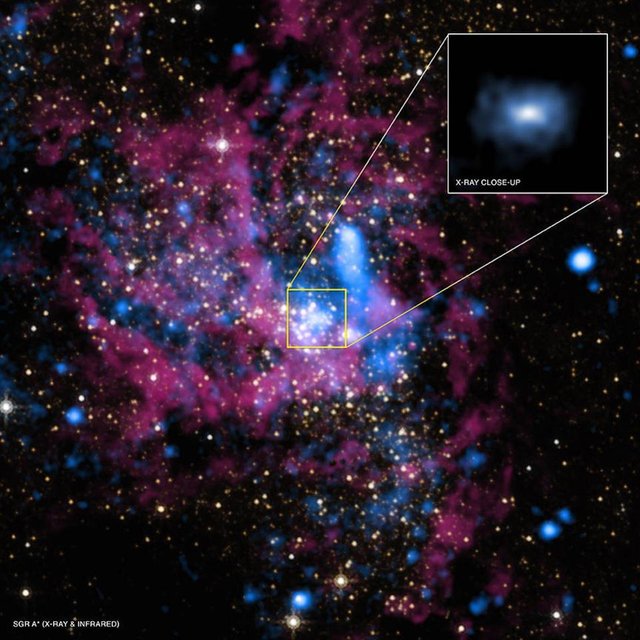
While black holes are commonly shown as dark regions that seem to eat disc-like matter around them, what you would actually see is very different from this representation. Particularly if you fell inside. Image credit: Birmingham Libraries
By Ethan Siegel, for Forbes January 19, 2018
The opinions expressed by Ethan Siegel, collaborator of Forbes are his, exclusively.

Black holes are some of the most perplexing objects in the entire Universe. Objects so dense, where gravitation is so strong, that nothing, not even light, can escape from it. Many physical black holes have been identified, from the star-scale in our own galaxy to the supermassive in the centers of most galaxies, many millions or even billions of times the mass of our Sun. The key property that surrounds The horizon of events, which light can never escape from within, establishes a limit in space: once you cross it, you are doomed to hit the central singularity. But what would you see when you fall? Would the lights be kept on or would the Universe become dark? Finally, physics has deciphered the answer, and it is beautiful.
The supermassive black hole in the center of our galaxy, Sagittarius A *, is turned on with X-rays each time matter is devoured. We have not yet directly photographed the black hole there, but the Event Horizon telescope, from 25,000 light-years away, aims to change that. Image Credit: X-Rays: NASA / UMass / D.Wang and others, IR: NASA / STScI
At the center of our galaxy, we have been able to observe the movements of the stars around a central mass of points with a mass of around 4 million solar masses that emit no light at all. This particular object, Sagittarius A *, is a sure candidate for a black hole, something we can say directly by measuring the stars that orbit it for two full decades.
When you are far from a black hole, the fabric of space is less curved. In fact, when you are far from a black hole, its gravity is indistinguishable from any other mass, be it a neutron star, a regular star, or simply a diffuse cloud of gas. Spacetime can be curved, but all you can say in your distant location is that it is due to the presence of a mass, not the properties or distributions of that mass. But if you looked with your eyes, instead of a cloud of gas, star or neutron star, there would be a completely black sphere in the center, from which no light would be seen. (Hence the "black" in the nickname "black holes").


Hi! I am a robot. I just upvoted you! I found similar content that readers might be interested in:
https://www.forbes.com/sites/startswithabang/2018/01/19/what-would-you-see-as-you-fell-into-a-black-hole/
Downvoting a post can decrease pending rewards and make it less visible. Common reasons:
Submit